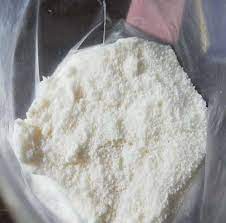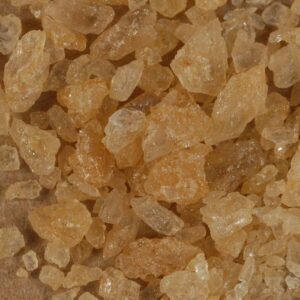Purchasing Buphedrone HCL in the USA
Buphedrone HCL, also known as α-methylamino-butyrophenone, is a potent stimulant that belongs to both the phenethylamine in the USA. Its molecular development began in 1928, and it is primarily recognized as a research compound in various regions, including the USA, as long as it is not intended for human consumption. This compound is classified as a beta-ketone and exhibits structural similarities to naturally occurring substances such as cathinone and cathine. Furthermore, it is chemically related to methamphetamine, with notable distinctions stemming from its unique β-ketone substituent at the beta carbon, as well as an ethyl group replacing the methyl group adjacent to the amine. In scientific contexts, Buphedrone may also be referred to as Phenylacetoethyl-methylamine.
Chemical Properties of Buphedrone in the USA
As a free base, Buphedrone HCL is characterized by its instability under environmental conditions in the USA. The compound’s ketone group can undergo reduction, potentially leading to a transformation into a hydroxyl group and resulting in the formation of its corresponding alcohol. This change occurs through the modification of the carbon-oxygen double bond (C=O) at the Rβ-position, converting it into a carbon-oxygen single bond (C-OH). To ensure stability during distribution, Buphedrone is generally available in various salt forms, with hydrochloride being the most prevalent in the USA.
Effects of Buphedrone in the USA
Research has shown that Buphedrone phenethylamine HCL can significantly enhance locomotor activity in animal models, indicating its stimulant properties in the USA. The compound promotes the release of dopamine from dopaminergic nerve terminals in the brain, which can result in feelings of euphoria and suppression of appetite. One notable side effect of Buphedrone is its ability to reduce the sensation of thirst, which may pose certain risks. Additionally, comparisons with methamphetamine suggest that users often experience a more intense sense of elation with it, accompanied by reduced physical stimulation. This combination of effects makes its psychoactive properties both intriguing and potentially hazardous.




